
Is it better to dust with a wet or dry cloth? Dusting is one of the most ignored household chores. We often forget to do it or think that it’s not necessary. Most people only dust when they can see the dust, which is usually when it’s already built up and will require more time and effort to remove.
But, ignoring dust can have consequences. Not only is it unsightly, but it can also trigger allergies and even affect your home’s air quality. Regular dusting is essential to maintaining a clean and healthy home.
There are two main ways to clean home dust: with a damp or dry cloth. But which is better? We’ll compare the two methods to get to the bottom of this dusting dilemma.
Wet VS Dry Cloth
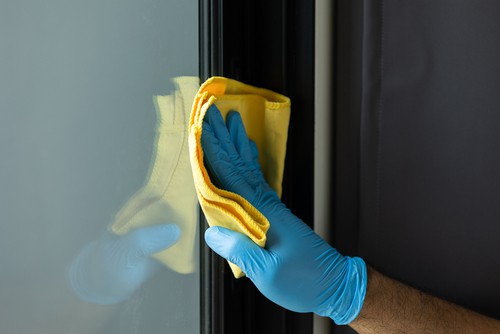
Damp/ wet Cloth:
Using a damp cloth is often seen as the better option because it’s more effective at picking up dust. A damp cloth will adhere to the dust particles and lift them off surfaces more easily than a dry cloth. The science behind this is that dust particles are attracted to water, so a damp cloth will essentially “magnetize” the dust and make it easier to remove.
In addition, a damp cloth is less likely to spread dust around than a dry cloth. When you use a dry cloth to dust, the friction of the cloth against surfaces can release more dust into the air. This can be especially problematic if you have allergies or asthma. Some advantages to using a damp cloth are;
- The moisture in the cloth will capture the dust and hold on to it so that it doesn’t just get redistributed into the air.
- A wet cloth is less likely to cause static, so it won’t spread the dust around as much as a dry cloth.
- The dust will be trapped in the cloth, making it easy to dispose of.
However, there are some drawbacks to using a damp cloth. For one, if your cloth is too wet, you run the risk of leaving behind water stains. And if you’re dusting electronics, you need to be careful not to get any water on them. Water and electronics don’t mix!
Dry Cloth:
A dry cloth is the more traditional way of dusting and the method that most people are familiar with. It’s easy to use and doesn’t require any special preparation.
While you can use any type of cloth, a microfiber cloth is often the best option because it’s softer and less likely to scratch surfaces. However, dry cloth is not as effective at picking up dust as a damp cloth, and it can spread dust around.
While it’s not as effective at picking up dust as a damp cloth, it does have its advantages. For one, it’s less likely to leave behind water stains. And if you’re dusting electronics, there’s no risk of water damage.
What is the most effective way to dust?
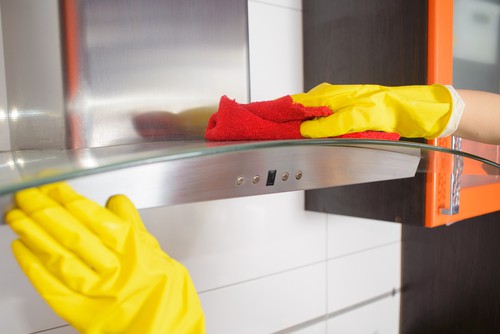
When dusting an object or a room, it is best to start at the top and work your way down. This way, you can work the dust down and avoid having to re-dust areas that you have already covered. When dusting surfaces, use a clean, soft, and wet cloth to avoid scratching the surface.
For hard-to-reach areas, you may need to use a small brush or vacuum attachment. When dusting objects, go over all sides and angles. Pay special attention to any nooks and crannies where dust may accumulate. Once you have dusted the entire area, rinse your cloth in clean water and wring it out before continuing.
Vacuum the space once it has been dusted to pick up everything that has been loosened. You may need to do this several times to get all of the dust. If you have allergies, it is best to vacuum with a HEPA filter to avoid recirculating dust particles into the air.
Turn off fans and close any doorways or windows leading into other rooms to prevent the dust from spreading. Pay special attention to any air vents, as these can circulate dust throughout the house. Once you have vacuumed and dusted the entire area, you can open windows and doors to air out the space.
How do you dust without spreading dust?
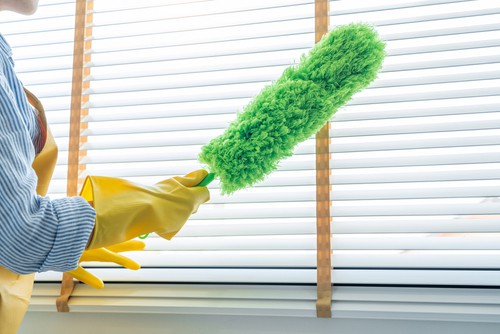
The best way to avoid spreading dust is using an electrostatically charged cloth. This will attract the dust to the cloth and prevent it from becoming airborne. Usually, you can find these types of cloth at the store near the cleaning supplies. Some examples of electrostatically charged cloth are;
- Swiffer dusters
- Feather dusters
- Duster cloths
- Damp rags
Wipe the surface in an ‘S’ shape direction to make sure you’re getting all the dust and not just moving it around.
Using an electrostatically charged cloth is the best way to dust without spreading dust. However, you can also use a damp cloth, which will capture the dust and hold on to it so that it doesn’t just get redistributed into the air. And if you’re dusting electronics, you need to be careful not to get any water on them.
How do you remove dust from hard-to-reach places?
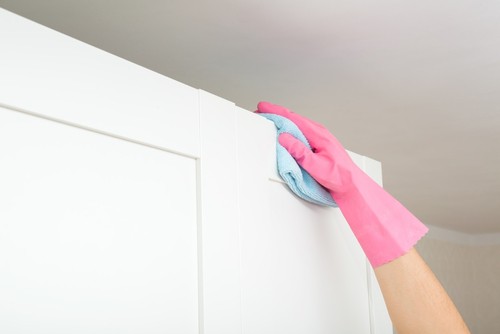
There are a few ways you can remove dust from hard-to-reach places. One way is to use a feather duster. A feather duster will help you to reach dust in high places and get into small spaces. Another way is to use a vacuum attachment that is specifically designed for dusting. This attachment will help you to reach dust in hard-to-reach places and get into small spaces.
Use a brush to reach all corners, nooks, and crannies. A small, soft-bristled brush can help you reach all the tight spaces where dust likes to hide. After you’ve dusted with the brush, follow up with a cloth to wipe away any residual dust. You can wrap a thin damp cloth around a butter knife or chopstick to help you reach small spaces.
Is It Better To Dust With Wet Or Dry Cloth? – Conclusion
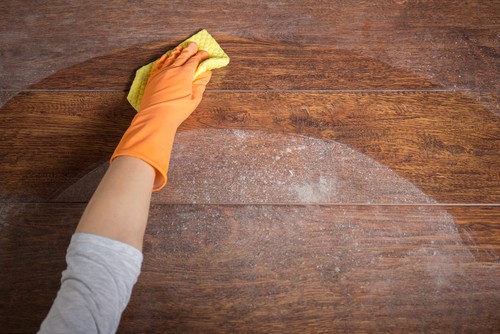
It’s not a matter of which is better, but rather, what will work better for your particular surface or need. A damp cloth is more effective at picking up dust, but it also comes with the risk of water damage. If you’re dusting electronics or surfaces that could be damaged by water, it’s best to stick with a dry cloth.
Ultimately, the best way to dust is whatever method you’re comfortable with and whatever will get the job done.
